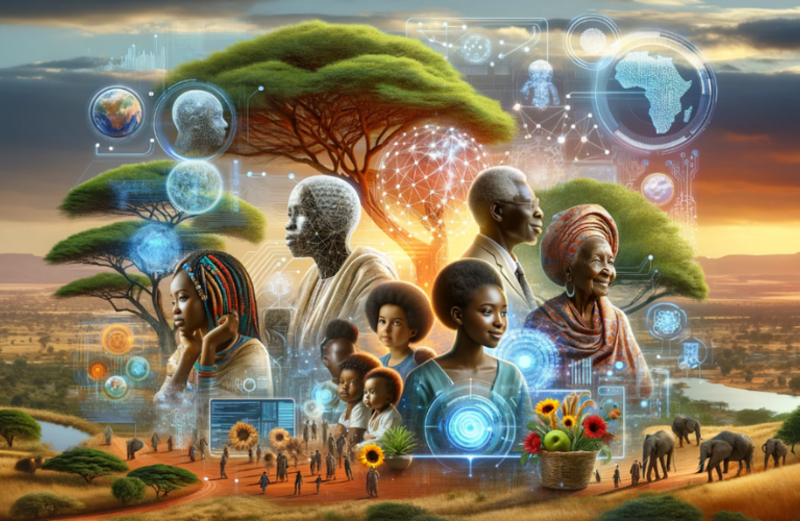Artificial Intelligence (AI) is becoming a powerful tool in addressing environmental challenges, from climate monitoring to resource management. However, several myths and misconceptions persist about the role of AI in environmental sustainability. Understanding these myths is essential to make informed decisions and leverage AI responsibly for the planet.
Common Myths About AI and the Environment
AI’s involvement in environmental initiatives is often misunderstood, sometimes overestimated and sometimes underestimated. Let’s explore some of the most common myths and the realities behind them.
Myth 1: AI Always Benefits the Environment
Reality:
While AI can contribute to sustainability efforts, it also consumes significant computational power and energy, particularly in large-scale data centers and training models. Without efficient energy management, AI’s carbon footprint can offset some of its environmental benefits.
Myth 2: AI Can Solve Climate Change Alone
Reality:
AI is a valuable tool, but it is not a standalone solution. Tackling climate change requires systemic efforts involving policy, behavioral change, international cooperation, and technological innovation beyond AI. AI can assist, but human leadership and action are irreplaceable.
Myth 3: AI Systems Are Neutral
Reality:
AI systems often inherit biases from the data they are trained on, which can lead to skewed environmental predictions or overlook the needs of marginalized communities. Responsible development and diverse data sources are essential to ensure fairness in AI-driven environmental solutions.
Myth 4: AI Replaces Human Decision-Making in Environmental Management
Reality:
AI can provide valuable insights, but complex environmental decisions still require human judgment, ethics, and social considerations. AI should be viewed as a support system, not a replacement for human expertise and accountability.
Myth 5: AI Is Too Complex for Environmental Organizations to Use
Reality:
Many AI tools and platforms are becoming more accessible, even for small organizations. With user-friendly interfaces and open-source solutions, non-experts can now leverage AI to track environmental changes, manage resources, and analyze data efficiently.
The Real Potential of AI for the Environment
When myths are set aside, the true potential of AI in environmental protection becomes clear:
- Climate Modeling and Forecasting: AI can improve the accuracy of weather and climate predictions.
- Wildlife Conservation: AI-powered cameras and sensors can monitor endangered species and track poaching activities.
- Energy Efficiency: AI helps optimize energy grids and manage renewable resources.
- Pollution Tracking: AI can analyze satellite imagery and detect pollution sources in real-time.
Conclusion
AI has the power to support meaningful environmental progress, but it is essential to separate fact from fiction. By debunking common myths, we can better understand AI’s role, limitations, and potential. Using AI responsibly—with human oversight, ethical considerations, and sustainable practices—will ensure it becomes a valuable ally in protecting our planet.







Leave feedback about this